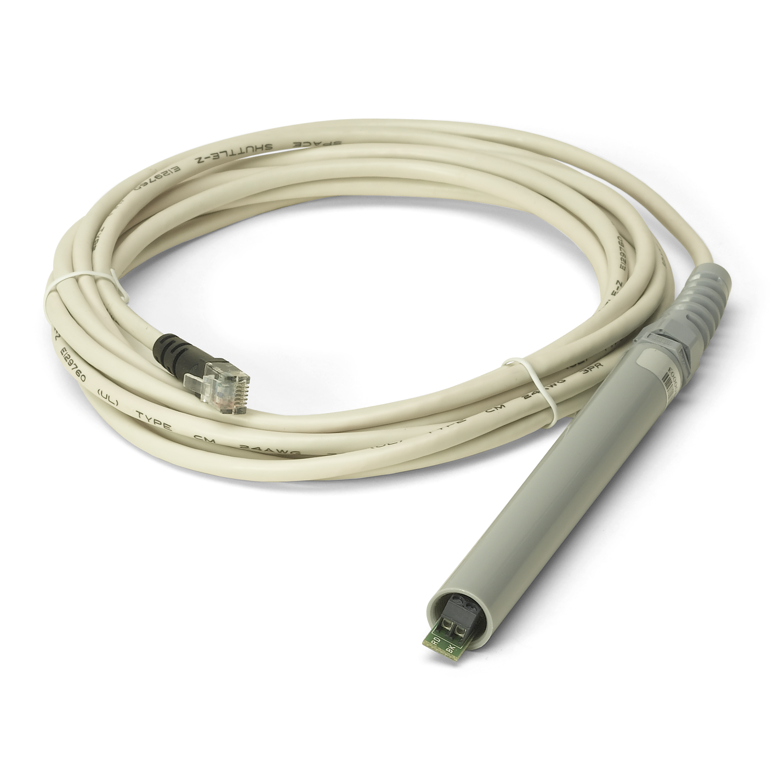

The correct answer is the first one from the right: Let’s see an example for the first type mentioned above:Ĭhoose the image that completes the pattern Your task is to determine the figure that should continue the series. There is no question mark in the question.You need to determine the figure that matches the question mark’s position by the pattern.

#Vista ccat series#
The unknown object is in the middle of the series and is also marked with a question mark.

You’re asked to determine the figure that should substitute for the question mark. The last object is unknown and is marked with a question mark.You’ll see three types of “Next in Series” questions that differ in their format and structure. These form a series that follows a specific rule. In each Next in Series question, you’re given three, four, or five figures. Let’s dive into each of them to find out what you’re up against. You’ll face three types of spatial reasoning questions on the CCAT: What Type of Spatial Reasoning Questions You’ll See on the CCAT?
#Vista ccat free#
Take a free CCAT practice test with 8 spatial reasoning questions. If you learn specific solving tactics, you can knock them down one after another and save plenty of time on the test (more on these tactics later). Especially if you see them for the first time or struggle with spatial reasoning questions in general. The problem is that answering these questions can be time-consuming. So, you must get at least several of the spatial reasoning questions right to score high on the test. (There are 18 math questions and 17 verbal reasoning questions in comparison)

The CCAT includes 11 spatial reasoning questions (out of 50 questions in total), making it more than 20% of all questions. How Many CCAT Spatial Reasoning Questions Appear on the Test? That said, the CCAT test includes only three specific types of spatial reasoning questions, and we’ll talk about them in detail further below. Spatial reasoning question types include map reading, understanding patterns, matching parts, rotating blocks, mirror images, and many more. Spatial reasoning questions measure your ability to mentally picture objects in 2 or 3 dimensions and draw conclusions about those objects from limited information.


 0 kommentar(er)
0 kommentar(er)
